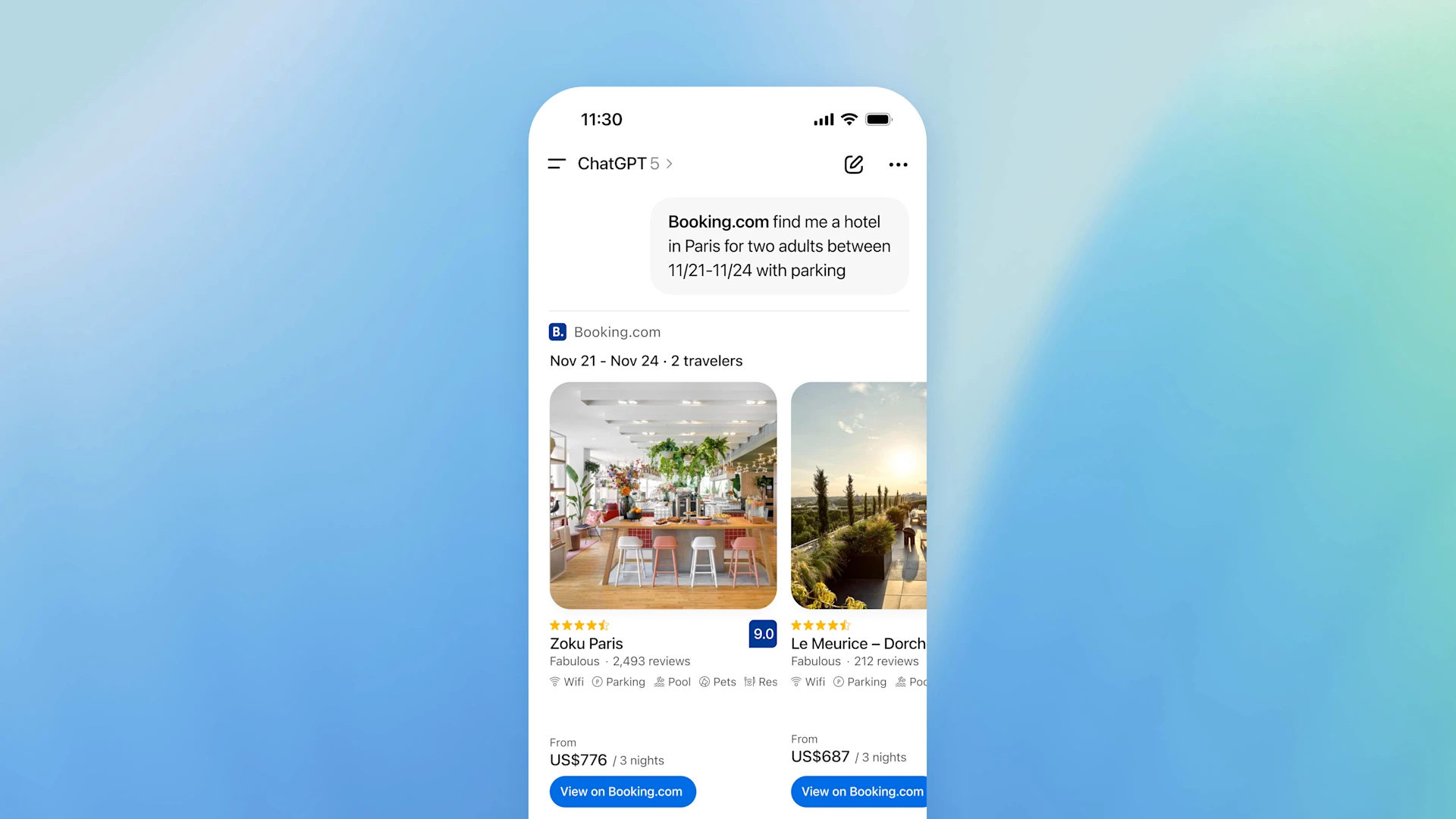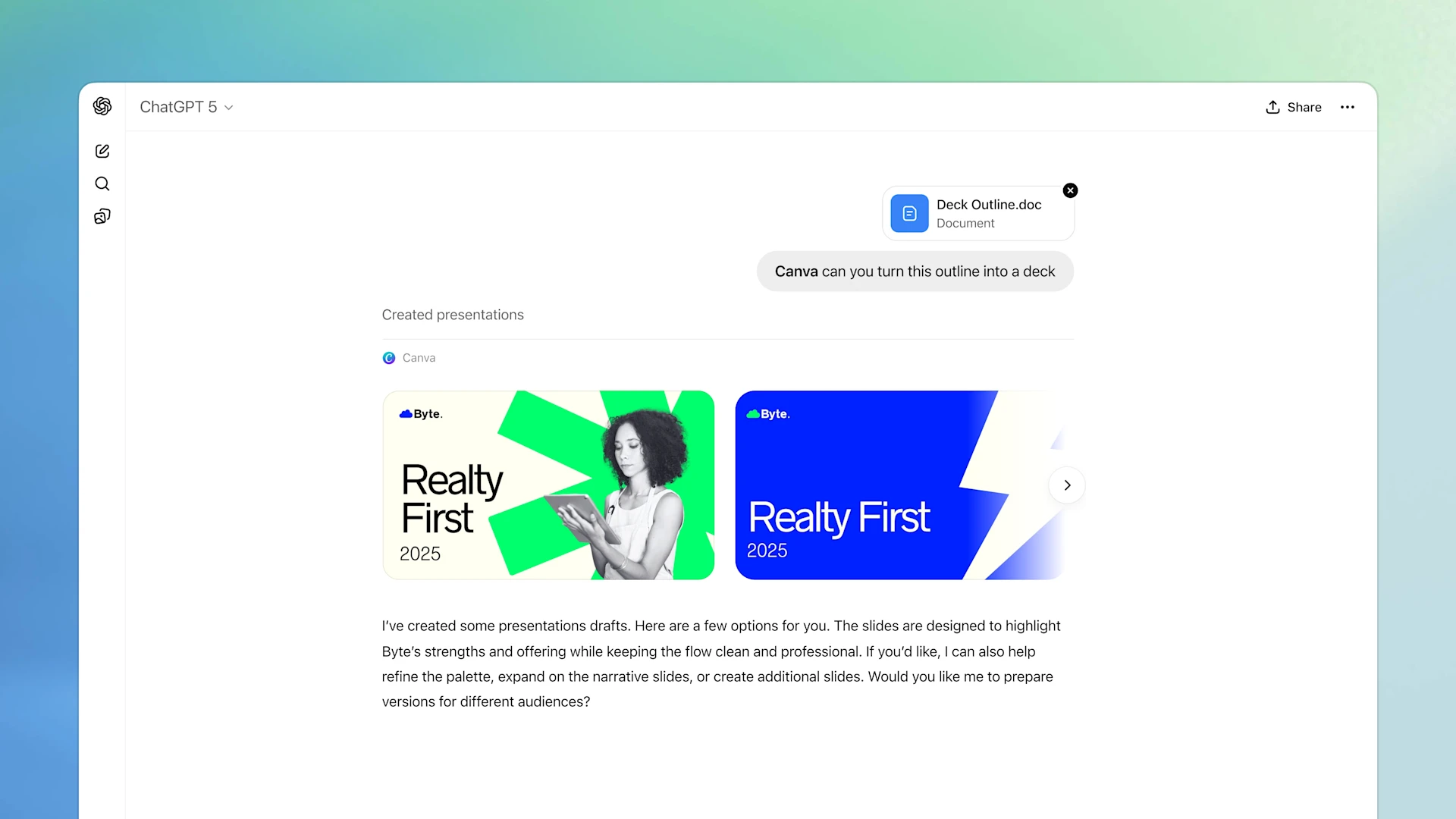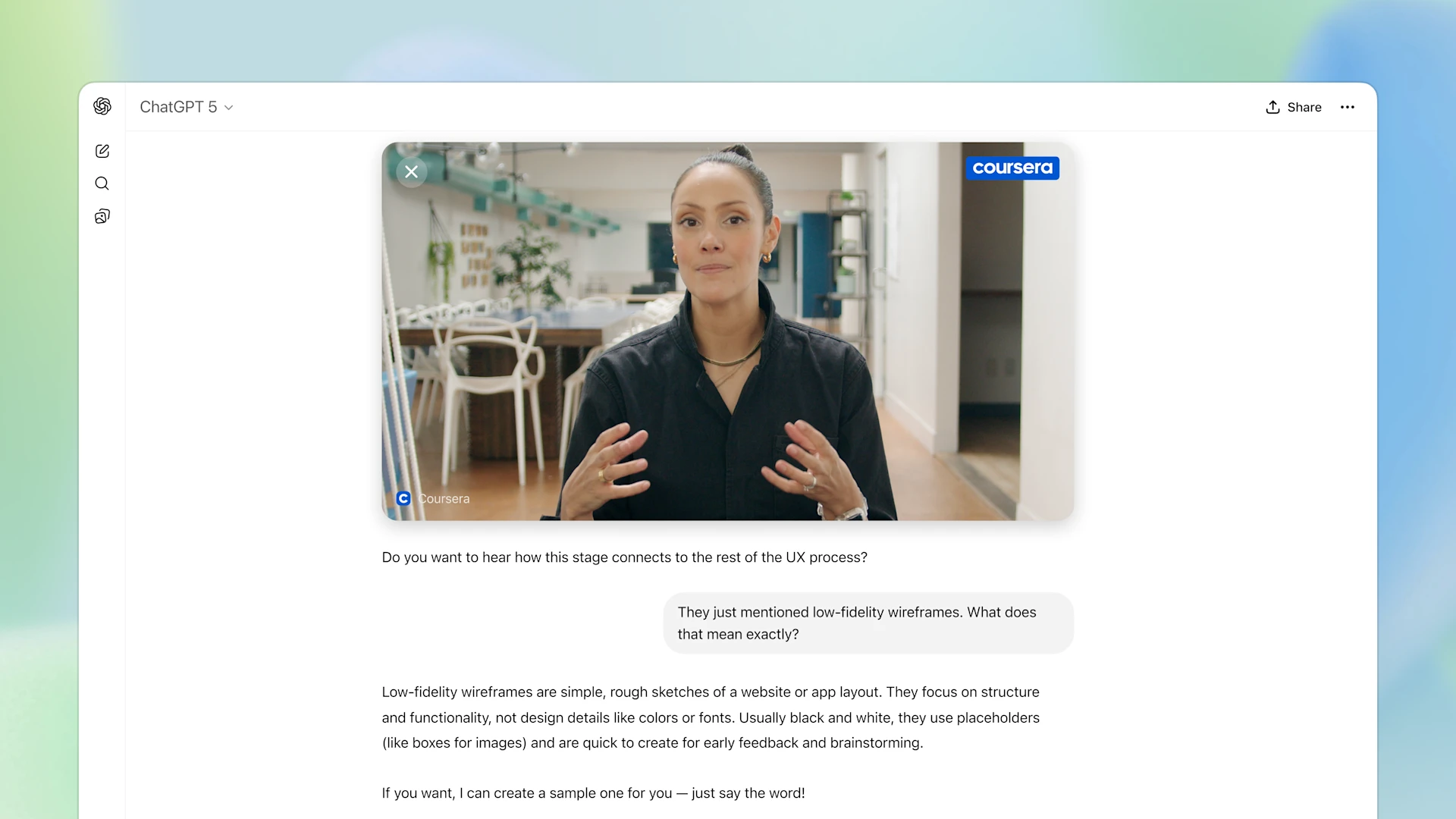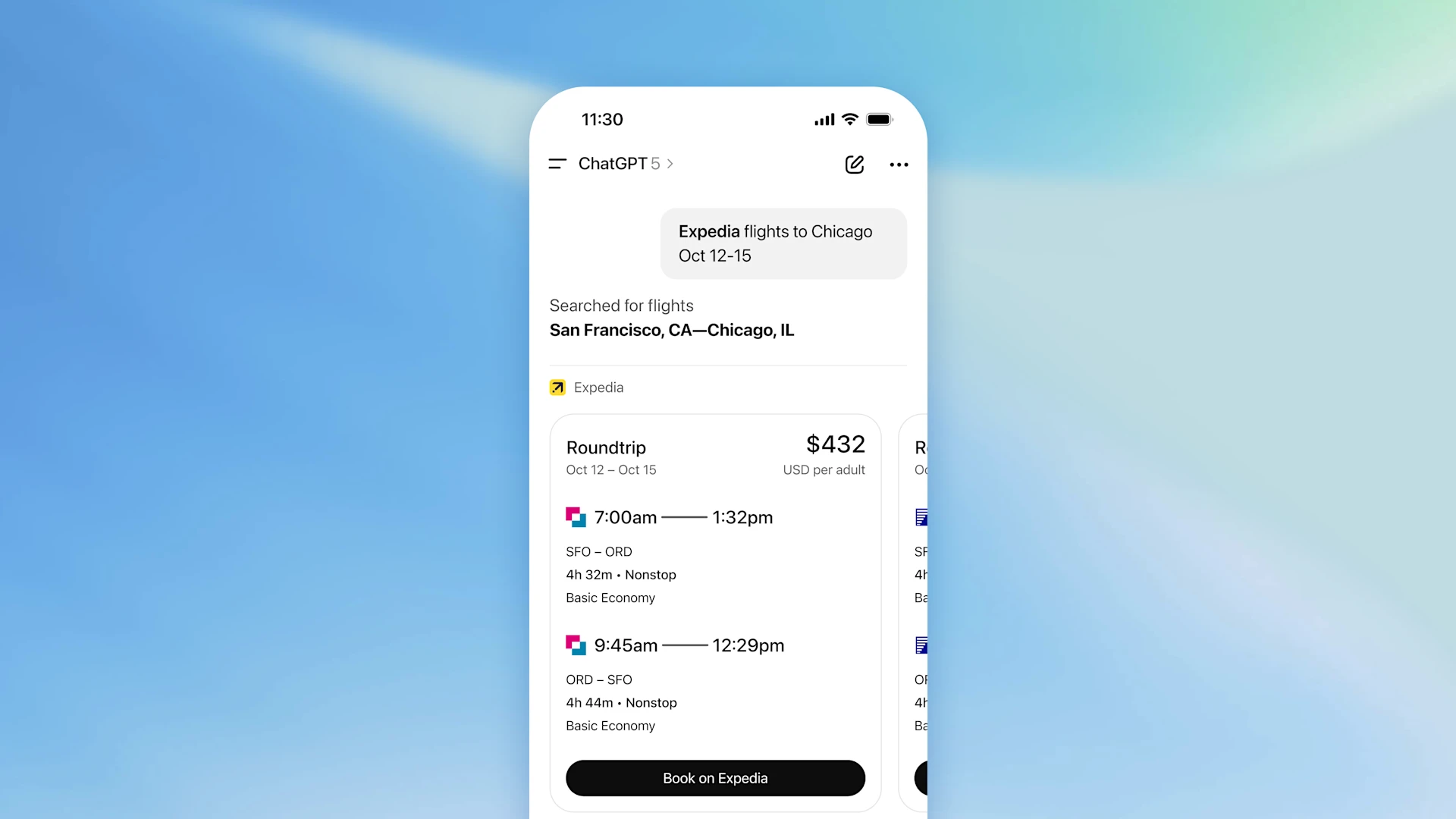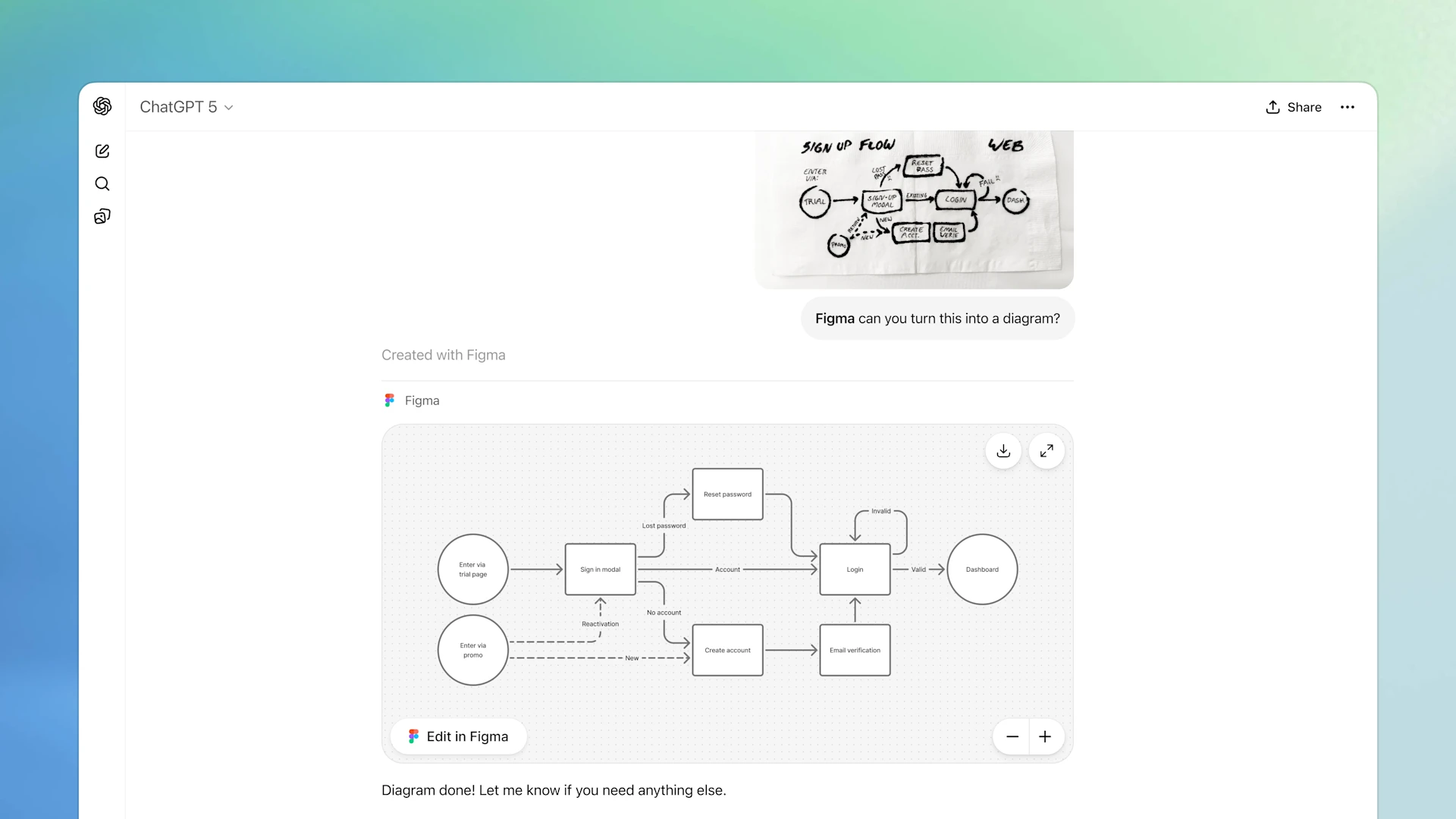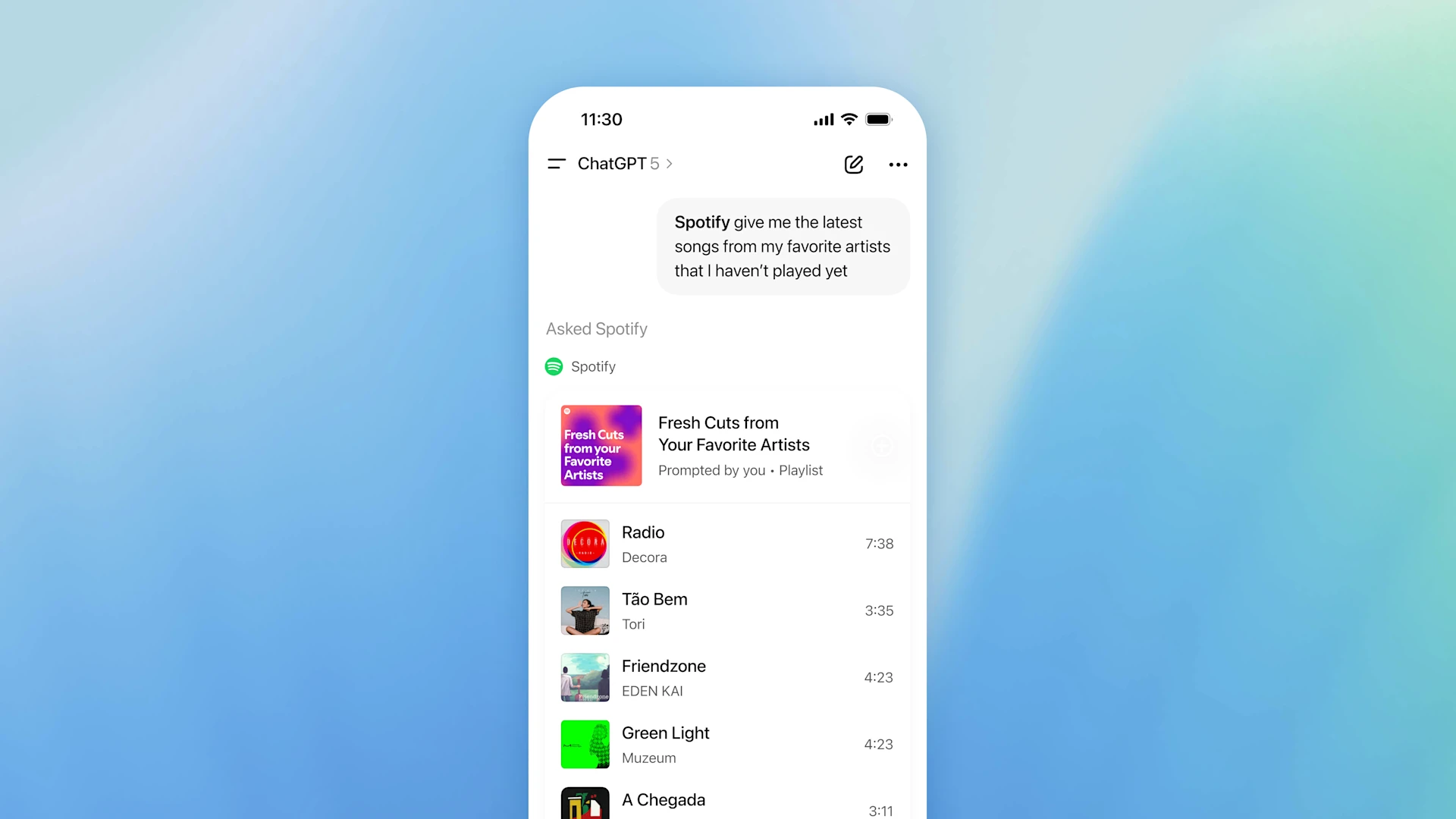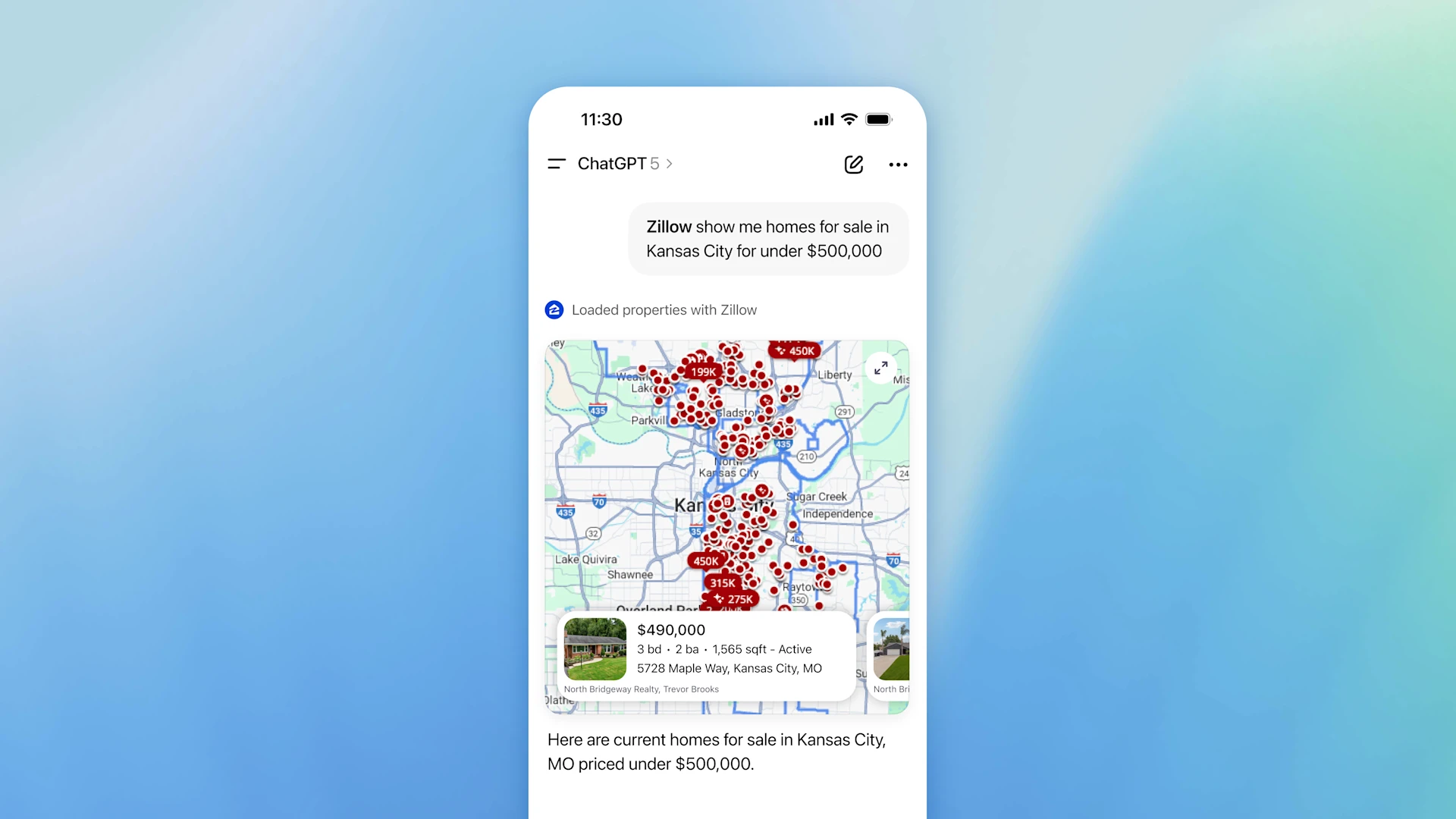
Large Language Models (LLMs) are smart. But no matter how smart they can turn out to be, they're reach are actually limited.
When OpenAI introduced ChatGPT, things suddenly changed. AI, a term for a product that once felt like a laboratory toy for researchers and the geeks, suddenly became a rallying cry for an AI arms race. Every tech company, big and small, scrambling to either create or embed LLMs into their products. Text generation was the obvious first act, but soon image, audio, coding, and video followed.
The question shifted: who can not only build a smarter model, but who can make it useful in everyday life?
In that fierce competition, one critical metric stands out for any digital product: user retention and time spent.
With ChatGPT being the tool rivals often compare themselves with, OpenAI has an edge where download number is no longer a target. Instead, stickiness is.
If it wants users to stay in the chat box it created, OpenAI needs to come up with a way to make users return day after day, giving them good reasons to linger there instead at its rivals.
And here, embedding third-party apps into ChatGPT is a strategic move toward that world.
With 'Apps in ChatGPT,' OpenAI wants the chatbot to stop being being just a tool and start being a platform.
You can now chat with apps in ChatGPT. pic.twitter.com/T9Owi3POim
— OpenAI (@OpenAI) October 6, 2025
In the announcement on its website, OpenAI said that:
"Apps in ChatGPT fit naturally into conversation. You can discover them when ChatGPT suggests one at the right time, or by calling them by name. Apps respond to natural language and include interactive interfaces you can use right in the chat."
Now, OpenAI is opening the door where third-party apps can enter and reside within its chat box.
With the new Apps SDK, developers can build apps that live inside ChatGPT itself. These “apps” are not external links or chatbot plugins users would normally switch to. Instead, they appear in context, right inside the conversation. ChatGPT can suggest users when they’re useful or invoke them when they name them.
For example, users can give ChatGPT a prompt, like "Spotify, shuffle my playlist," or "Zillow, show me houses in Jakarta."
Behind the scenes, ChatGPT routes those kind of requests through the targeted app’s logic. And with that, ChatGPT can show users maps, designs, or provided by those third-party apps, directly in the chat.
What's special about this is the way these apps behave: they adapt to the chat context, respond in natural language, but also offer interactive elements right in the conversation
At launch, the roster includes familiar names: Booking.com, Canva, Coursera, Expedia, Figma, Spotify, and Zillow. More that are coming, include Uber, DoorDash, OpenTable, and Target, among others.
For users, this translates to fewer tabs, fewer context switches, and more seamless productivity. They can have all their online creativity, learning, shopping, home browsing, and all, live right inside a single chat.
For developers, this is a big opportunity. By partnering with ChatGPT, they are literally exposing themselves to some of ChatGPT's 800 million users.
With the preview of the Apps SDK is live now, and later in the year, OpenAI plans to open submissions for public listing and monetize these in-chat purchases via the Agentic Commerce Protocol.
Of course, this raises serious questions too.
When apps can execute logic and handle user data inside ChatGPT, issues of privacy, security, and trust become unavoidable.
Researchers have already warned that app ecosystems inside LLM platforms require execution isolation, to prevent malicious code or data leakage. If done carelessly, apps might leak location, breach account data, or serve manipulated content. The challenge is designing an architecture that balances power and safety.
Apps in ChatGPT are starting to roll out today to Free, Go, Plus, and Pro users outside of the EU.
More pilot partner apps and availability coming soon. https://t.co/bsrSUosBio— OpenAI (@OpenAI) October 6, 2025
But putting those aside, the reality is that, ChatGPT is morphing into something like an AI-powered operating system: one that runs logic, one that connects to services, and one that mediates interactions with the web.
Some see it as a threat to browsers, app stores, and even operating systems themselves. The battleground is no longer “who has the best model,” but “who can build the most useful, safe, and trusted platform around the model.”
In short, the Apps SDK turns ChatGPT from a one-way conversational engine into a two-way interactive workspace. It gives developers a direct path to users and gives users a richer canvas.

